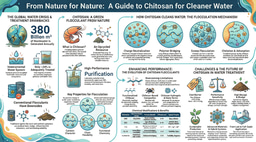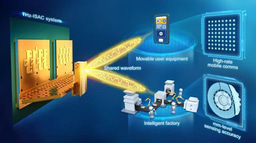How a RAS inhibitor conspires with death to protect tumours
Published in Cancer and Cell & Molecular Biology

Background: Deregulation of the RAS pathway frequently drives chemoresistance. RASAL2 is an endogenous RAS inhibitor with oncogenic roles in certain aggressive cancer types. Previously, we showed that RASAL2 confers resistance to platinum-based therapies in the highly aggressive triple-negative breast cancer. In this paper, we delineated the mechanisms of RASAL2 in driving chemoresistance.
Our findings: We found that RASAL2 is markedly upregulated in chemoresistant tumours from patients. This upregulation was associated with elevated levels of an anti-apoptotic protein called BCL2. Mechanistically, we found that RASAL2 promotes the activation of transcription factor CREB1, which in turn drives the levels of both RASAL2 and BCL2. The increase in BCL2 bolsters mitochondrial integrity, making cancer cells more resistant to apoptosis. Accordingly, our findings reveal the CREB1-RASAL2-BCL2 axis as an important pathway that can contribute to cell death evasion, resulting in chemoresistance.
Translational impact: As high levels of RASAL2 and BCL2 hallmark chemoresistant tumours, they could serve as predictive biomarkers to help identify patients who may benefit from personalised treatments. One approach could be to block CREB1, which would lower RASAL2 and BCL2 levels. Another option is to use drugs that inhibit BCL2 or associated proteins, rendering cancer cells more vulnerable to apoptosis (Figure 1).

Summary: Our work highlights the CREB1-RASAL2-BCL2 axis as a mediator of chemoresistance, actioned via the suppression of apoptosis, effectively allowing tumours to evade cell death. The involvement of several targetable factors in this pathway offers a potential framework for future strategies to overcome the associated chemoresistance.
Follow the Topic
-
Oncogene

This journal aims to make substantial advances in our knowledge of processes that contribute to cancer by publishing outstanding research.




Please sign in or register for FREE
If you are a registered user on Research Communities by Springer Nature, please sign in